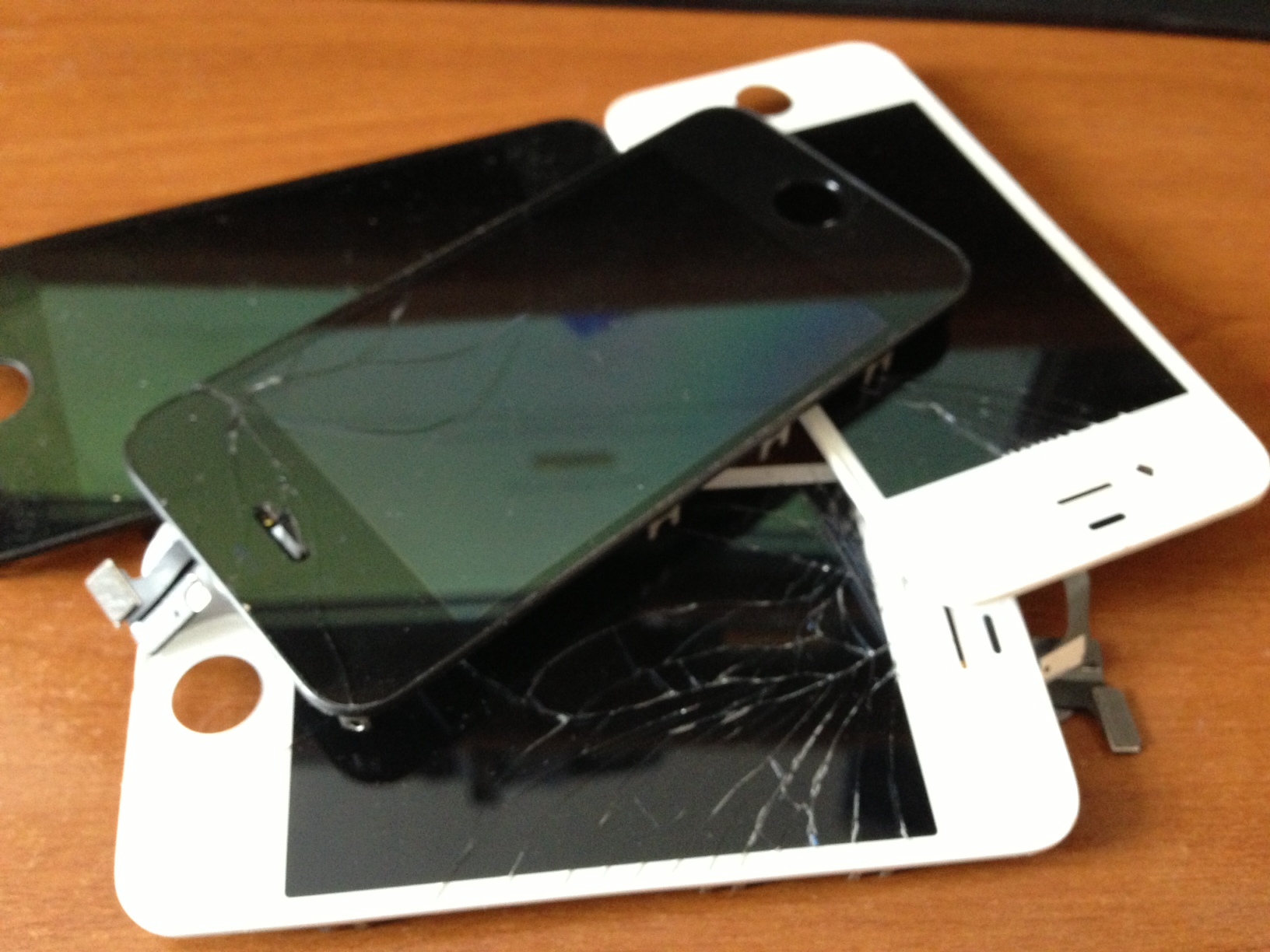When buying gadgets today, you have to watch out for planned obsolescence. Planned obsolescence is the intentional manufacturing of goods that would become obsolete after a short time. Companies do this in order for you, the consumer, to purchase sooner (and more) than intended. It forces consumers to buy another product after a period of time.
Planned obsolescence can be in the form of less durable parts. This means that parts wear out faster than necessary, leaving you to either purchase for repairs or get a new device. Another way to do it is through locking batteries out of reach. This makes them irreplaceable without the company’s technical support. Preventing software updates as well as throttling battery life can also make the device obsolete, giving poorer performance than newer models. Why would you settle for terrible performance when you can just upgrade to a newer device?

Ways to Combat Planned Obsolescence
The most important way to combat planned obsolescence is to do your research before buying. Checking comments, reviews, and notes from those who purchased the specific model can give insight. With these reviews from other buyers (and not from those paid to do so), you can take a glimpse of the device’s performance years after purchasing. Several companies are also infamous for messing with battery life a few years after purchase, as well as slowing down performance and preventing updates. These factors make your devices slow and hard to manage, making you switch to a new one.
Taking care of your device can also prevent planned obsolescence from affecting the item. If durability is an issue, ensuring that your device never experiences accidents (drops, spills, and scratches) can ensure it outlives its expiration date. For those who are not interested in buying a new device, check to see if repairs are possible. These repairs can cost a fraction of a new purchase, and can extend the device’s life for a few more years.
